Wood mites aren't the only insects that attack wood, they're just the most common. Wood is an organic material and is a food source for a range of insects known generically as xylophage (wood-loving) insects. They attack standing trees, freshly felled trees, freshly sawn timber, even ready-made wooden furniture or flooring. They live and grow under bark or inside wood, making holes and canals of various shapes and sizes. All this "work" causes disruptions in the fiber, making the wood less resistant. The holes are also a gateway for water to enter the wood and fungi that cause decay.
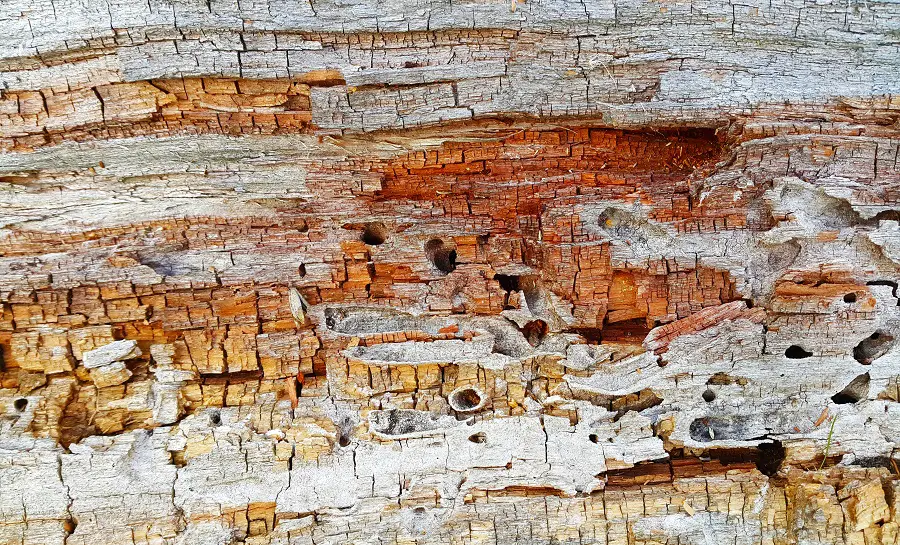
Insects are very hardy and it sometimes takes long and aggressive treatments to get rid of them. If the infestation is advanced, burning is often preferred to treatment, as the risk of eggs or larvae remaining inside is very high. But there are all sorts of modern treatments that make it possible to save wooden objects in the home, especially old and valuable ones.
What are wood-eating insects?
Xylophagous insects are divided into: beetles, wasps, butterflies, ants. To know how to distinguish them from the harmless ones, we need to recognize them. Let's take them one by one.
Wood beetles
Wood beetles are the best-known category of wood-boring insects and include carii, designers and ipidele. About cari we have spoken on several occasions, find information about development, recognition and care, anti-caries solutions and natural treatments against them.
Cwood turners so called because of the specific noise they make. They range in length from 10 - 30 mm, sometimes longer, and are easily recognized by their long antennae in the form of gnarled threads that exceed the length of the body. They mainly attack standing trees, but can also be found in timber or lumber, sometimes left over from the tree's lifetime.
The development cycle is like that of a carrion - egg, larva, nymph, adult - and can last from 3 to 6 years, sometimes up to 10 years. The galleries formed in the wood are large, oval in cross-section, up to 40 mm in diameter and filled with large sawdust (not fine dust as in the carrion), even small pieces of wood. There are more than 26,000 species of croakers in the world that live and feed mainly on organic plant matter, most of them in the tropics. Several types live in our region, the best known of which are the large oak tailor, the small tailor, the beech tailor and the willow tailor.
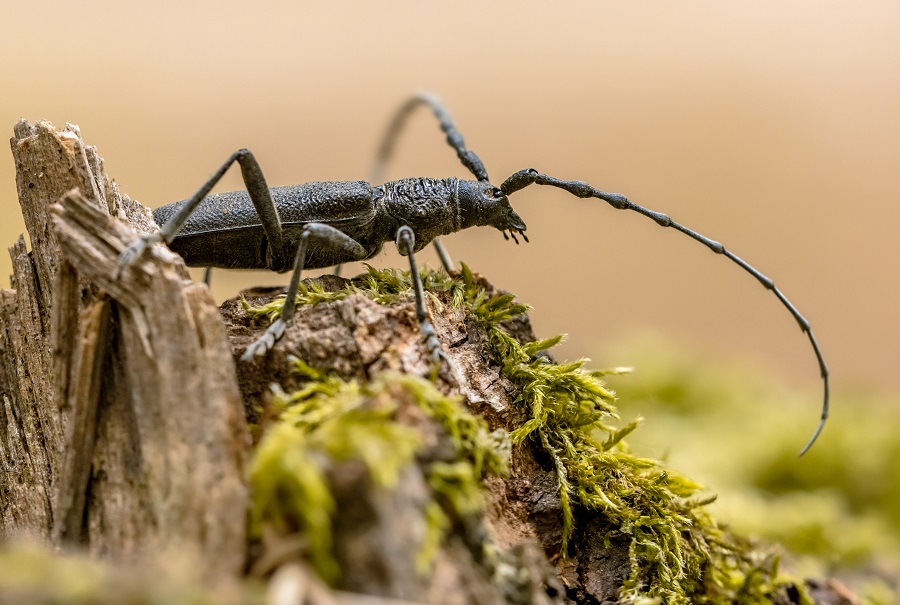
The great oak tailor (Cerambyx Cerdo) is between 30 and 50 mm long, black with reddish-brown antennae at the tip. It has 3 pairs of legs and an oval body, wider towards the head. The antennae on the head are much longer than the body, and there is a sharp tooth in each claw. It lives only in the stem oak. The little tailor (Cerambys scopolii) is very similar to the big one, but only 18-28 mm long. Found in the stem of oak, but also in plum, fag, elder and other trees and shrubs.
Beech tailor (Rosalia alpina) is spectacular, with a very beautiful blue-gray color, 2 pairs of black stripes on the body, broken in the middle, and a spot on the upper part of the body near the head. The antennae are long and striped with black. Length is between 20 and 35 mm. The larvae develop mainly in old beech trees, and adult beetles are commonly seen in mountain beech forests from June to September.
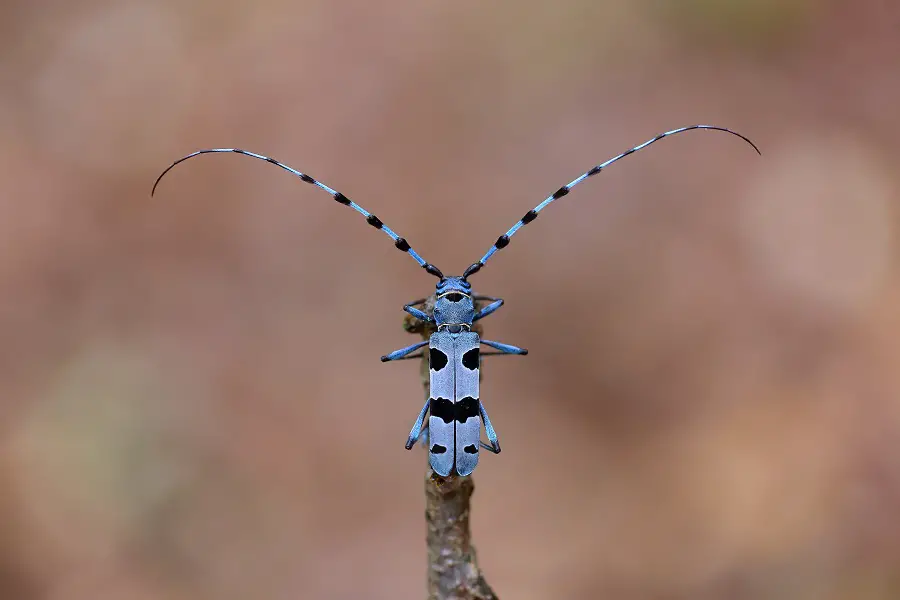
The tailor of the willow (Aromia moschata) is also striking because of its metallic amber-green color, sometimes with blue highlights. It is 20-30 mm long, with antennae longer than the body but shorter than those of beech or oak and brown in color. The larvae find a favorable environment in the trunk the old, and the adult is often seen from June to August on trees or surrounding flowers. The adult insect is also recognized by its distinctive musky smell.
Ipids are of two types: bark beetles and wood beetles. Bark beetles are forest pests that live between bark and wood and can be very dangerous. They can jeopardize the sap supply to the tree and the tree begins to dry out and crack, causing the wood to decrease in value. One such beetle is large spruce bark wagon (Ips typographus). Wooden bugs are small insects that tunnel between bark and wood along the bark. They are recognized by the fine wood meal that falls down the tree. The danger is that, if the tree is not debarked after felling, they will burrow into the wood, thus lowering its value.
Viespile
Viespile are also popularly called saw flies or saw saw wasps. They are so called because females have saw-like teeth at the end of the egg-laying organ. With these she splits wood and lays her eggs inside the shelter. With the eggs are also deposited fungi with which the larvae live in symbiosis, but which can be very harmful to wood.
There are many species of wasps, but the most feared is large wood wasp or resinous wood wasp (Urocerus gigas or Sirex gigas). It is very similar to an ordinary wasp in coloration and the elongated shape of the abdomen ending in a sting, and the adult insect is 30-40 mm long. It deposits its larvae inside standing trunks and on freshly felled or damp trunks. Attacks all resinous trees - pin, molid, brad, larch - but downed spruce are the most susceptible to infestation. Larvae can stay in the wood for 2-5 years before developing into adults, which means they can only be discovered when cutting or, in the case of a timber, even after it has become a twig or beam. By the time it has emerged from the wood as an adult and taken flight, the damage is already extensive and action must be taken quickly.
Butterflies
It's actually the larvae of butterflies (caterpillars) that make clean galleries in standing trees, jeopardizing their stability in the wind. The best known are the red snake of willows (Cossus cossus) and the ash tree's dotted scrubber (Zeuzera pyrina).
Red Willow Willow Willow not just the willows but also the oak, ulmul, alum, frasin, birch or plum. It is large, with a wingspan of 70-95 mm. The wings are gray-brown with fine black transverse stripes. Caterpillars have red stripes on the back, a black head and are 8-10 cm long. They live in the trunk for 3 to 5 years after which they emerge forming large holes 1-1.5 m above the ground. The red willow willow beetle loves moisture, both in the wood and in the environment.
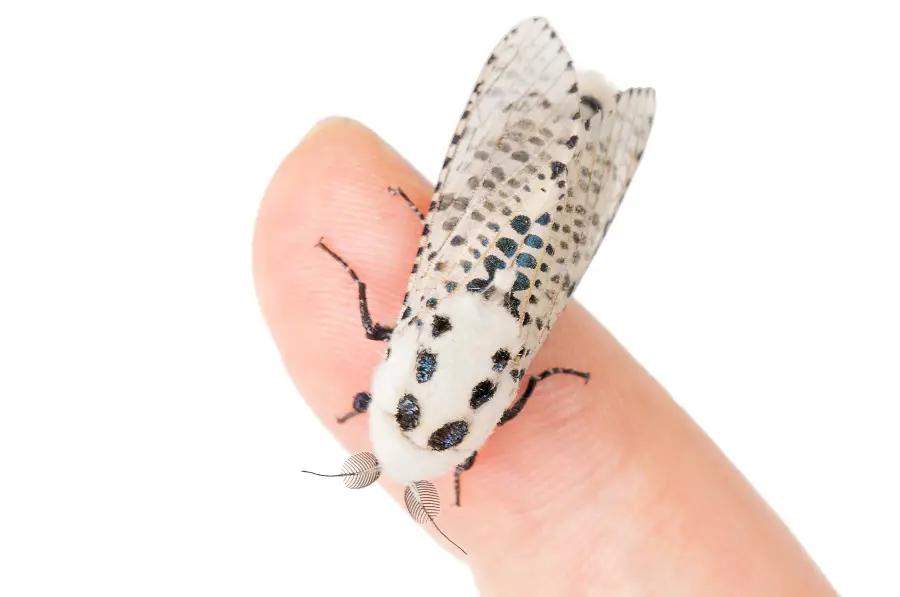
The ash tree's pointed nipper is also called the wood leopard butterfly because of the black dots on its whitish-gray wings, which can reach a wingspan of 35-60 mm. The larvae stay inside the tree for 2-3 years after which the butterflies emerge from under the bark. It is a tree pest - olive It is often the target of attack - but it also doesn't avoid tree species such as willow, teepeebeech, beech, oak, elm. In fruit trees the attack can jeopardize production.
Ants
In general, ants are useful to forests. Some species, however, can do great harm to trees. Like black forest ant also called the wood ant (Camponotus ligniperda). The ants live in colonies on the trunks of resinous trees, but also on oak, preferring trees with mold at the base. They attack both standing and fallen trees. On live ones it climbs up to 10 m high, making its way up and down and gnawing galleries in them. Great damage is also done by forest critters that feed on the ants and their eggs as they destroy the wood, barking it in their search. So the trunk is damaged and the defects in wood or even drying the tree.
The black ant is one of the largest and most aggressive ants. The queen can grow to 16-18 mm and the workers between 7 and 15 mm. It has a black head and a reddish-brown body, a color that runs down the 3 pairs of legs. Colonies reach 7000 members, are active day and night, more intensively in summer and less so in fall.
Black ants can also be a problem for wet, unprotected wood in the structure of household outbuildings. When such molds are discovered, chemical treatments should be applied immediately because the wood can be damaged and structurally weakened. It is very important to protect wood against water and environmental factors and dry it out because moisture favors ant attack.
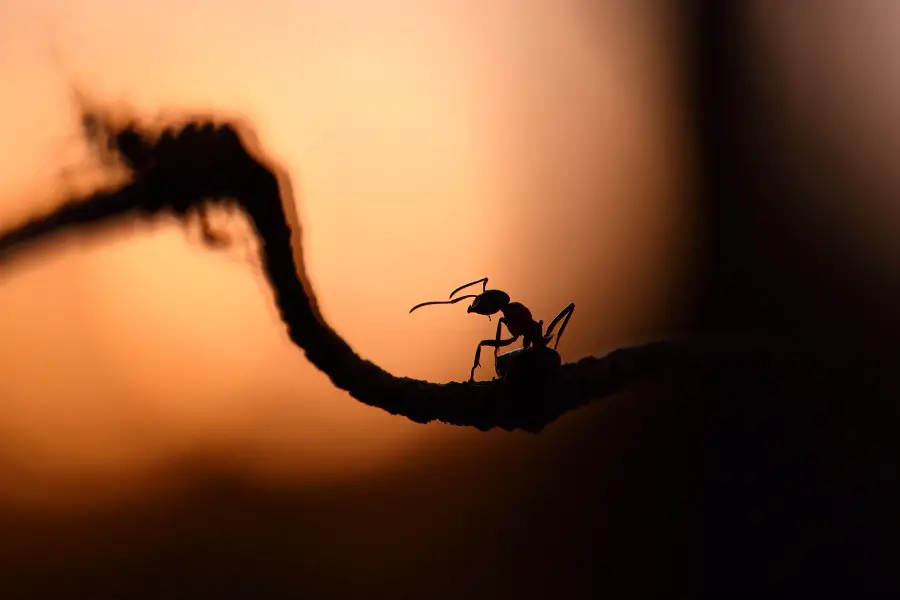
How wood becomes infested and what encourages infestation
The main factor behind insect attack is wood moisture. The wetter it is, the more susceptible it is to attack. This is why wood must be used properly dried, and if it is dried naturally, it must be protected and protected from such attacks. Wood used outdoors must also be protected against water and moisture, and construction solutions must allow water to drain and air to circulate so that the wood dries quickly after rain.
Many problems occur because the wood is left for a long time after felling on damp ground or the bark is not removed. There are many insects under the bark, which after felling tend to burrow deep into the trunk and dig galleries that alter the structure. The earliest possible debarking, felling and drying protects the wood not only against splitting but also against insect attack.
Unfortunately, we often discover infestation when the wood has already been used in a project. In this case, it should be treated immediately to stop it spreading to other objects. The infested item should be very carefully inspected because the large, deep galleries produced by the insects can damage them Resistance. If the attack seems extensive, it is better to change it. Unfortunately, the wood most affected by large insect attack is the wood used in construction, which makes it all the more dangerous. One solution is to treat it preventively before use. Also, if it is used indoors, avoid moisture accumulation, condensation and mold. These are factors that weaken the wood's strength and create a breeding ground for insects and mold. xylophagous fungi.
I hope you find the above information important. Any addition is always welcome. And if you have any questions or queries, please leave them below in the space provided. I will certainly reply.






















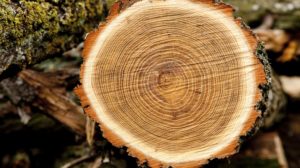
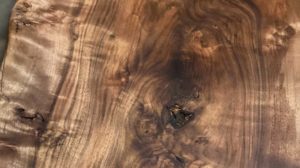


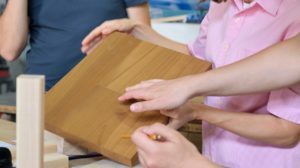
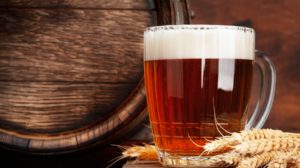
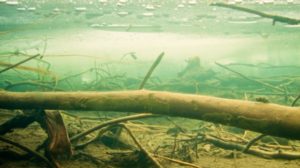
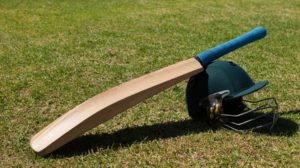



7-15 cm ant? you mean 7-15 mm.
Yes, I spelled it wrong. Thanks for the reminder
I would like some advice.cuce I can treat the beams of an old sur against decay and after an impregnating ...
If already infested, with Bochemit Eradication. It's an effective product with very good results.
If you treat them preventively, Holzwurmfrei from Kreidezeit is a good product. It is recommended for old wood because it strengthens it if it is weathered. It is based on glass water.
After treating against cavities, it is best, in my opinion, to apply oil. Oiled old beams look very good. An economical option for the interior is linseed oil. Don't use it on the outside because it is not very resistant. For the outside you can use Kreidezeit lacquers or water-based wax impregnations.